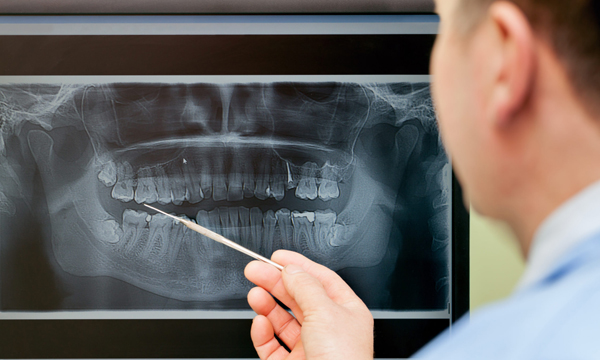
Joint Vibration Analysis
At Discover Dental, we're committed to providing the latest advancements in dental technology to ensure your oral health is in top condition. One such innovation we offer is Joint Vibration Analysis (JVA), a cutting-edge tool that aids in diagnosing and monitoring Temporomandibular Disorders (TMD). Led by Dr. Pak, our team specializes in leveraging JVA to enhance your dental well-being. In this article, we'll delve into the details of JVA, its purpose, process, and the advantages it offers for your joint health.
What Is Joint Vibration Analysis (JVA)?
Joint Vibration Analysis (JVA) is a computerized technology designed to detect and record vibrations in your joints, specifically the Temporomandibular Joints (TMJ) in your jaw. This state-of-the-art test plays a crucial role in evaluating patients with TMD symptoms and tracking the condition of TMD sufferers. JVA is a straightforward and efficient procedure that involves the use of a specialized headset equipped with accelerometers, an amplifier connected to a computer, and dedicated JVA software.
Purpose of Conducting a Joint Vibration Analysis
In an ideally functioning jaw, the Temporomandibular Joints (TMJs) should move smoothly, without any friction or sounds during activities like eating, drinking, or speaking. However, various factors, such as prior injuries or abnormal jaw function, can lead to changes in the jaw joint's surface, resulting in friction or vibrations. These changes may manifest as popping sounds or vibrations in the jaw, which might not always be audible to the naked ear. This is where Joint Vibration Analysis (JVA) proves invaluable.
JVA amplifies these subtle vibrations, enabling the detection of underlying conditions like Temporomandibular Disorder (TMD). During a JVA, accelerometers are used to measure and record the motion and friction of the jaw joint's surface. These sensors are essential for quantifying the forces acting on the jaw joint and capturing the characteristics of the vibrations, aiding in the diagnosis of joint diseases.
In summary, JVA is a vital tool for identifying even the slightest vibrations in the jaw joint's surface, offering critical insights into the joint's condition and assisting in the diagnosis of joint-related issues.
How Does the JVA Process Work?
The JVA process is non-invasive and painless. Here's how it works:
Headset Placement
Your dentist will position a headset, similar to headphones, but with accelerometers, around the Temporomandibular Joint (TMJ) area.
Amplification
An amplifier connected to the accelerometers is placed around your neck to enhance the detection of vibrations.
Assessment
You'll be instructed to open and close your jaw naturally while the JVA equipment records any vibrations or sounds. These readings are then displayed and recorded in specialized JVA software for further analysis.
Advantages of Joint Vibration Analysis (JVA)
JVA offers several advantages for assessing and maintaining your joint health:
Comprehensive Insights
Unlike static tests like X-rays or MRIs, JVA is dynamic and can be performed while your jaw moves naturally, providing a more holistic view of your jaw function.
Accuracy and Repeatability
JVA delivers highly accurate and repeatable results, allowing your dentist to track changes in your jaw health over time and make informed treatment decisions.
Affordability
JVA is an economical procedure, comparable in cost to a small dental filling, ensuring that you can access valuable insights into your joint health without straining your budget.
At Discover Dental, we prioritize your oral health and leverage cutting-edge technologies like Joint Vibration Analysis (JVA) to ensure you receive the best care possible. Take proactive steps towards maintaining a healthy and pain-free jaw by scheduling your JVA with Dr. Pak and our dedicated team. Don't wait for issues to arise—prioritize your joint health today and experience the benefits of JVA at Discover Dental, CA.

